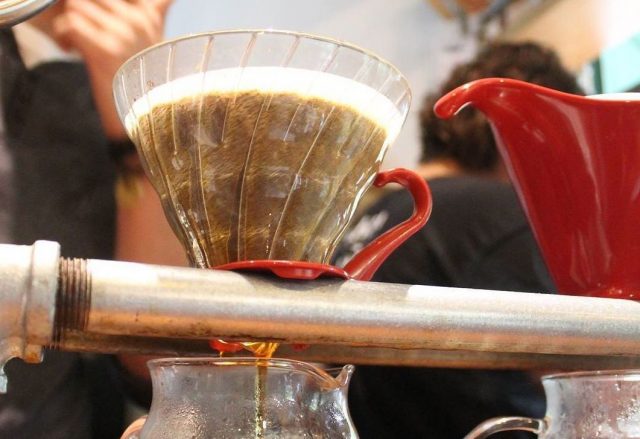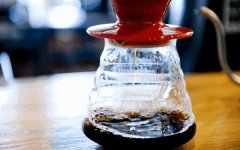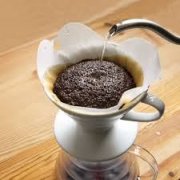Hand-brewed Coffee course-Water temperature the relationship between hand-brewing time and water temperature

Professional coffee knowledge exchange More coffee bean information Please pay attention to coffee workshop (Weixin Official Accounts cafe_style)
Hand brewed coffee steaming and water injection methods Hand brewed coffee water temperature and powder water ratio data
When brewing coffee, I am often asked how much water to brew?
The temperature range usually recommended for hand flushing is 80 degrees--90 degrees. Is that "a few degrees"?
We actually tested existing coffee, using water temperatures of 93 ° C, 88 ° C and 83 ° C, brewing light medium roast, medium roast and deep roast coffee beans, light medium roast coffee beans at 88 ° C flavor performance is most obvious and complete; medium roast coffee beans at 88 ° C sweet feeling outstanding; deep roast coffee at 93 ° C taste clean and bright.
Generally speaking, it is recommended that deep-roasted coffee be brewed with low water temperature as much as possible, while light-roasted coffee be brewed with high water temperature. On the one hand, the cell wall structure of light-roasted coffee beans is more complete than that of deep-roasted coffee. High water temperature can make light-roasted coffee extraction more efficient and evenly bring out pleasant substances of coffee beans. Low-temperature brewing of deep-roasted coffee can also avoid high temperature dissolution of uncomfortable substances, such as burnt bitterness, etc.
However, this experiment found that deep-roasted coffee performed best at 93 degrees Celsius, with bitter and smoky roast flavors evident at 88 degrees Celsius and mellow and soft at 83 degrees Celsius. Why is high water temperature feasible here?
After discussion among colleagues, it is inferred that because of the high extraction efficiency of coffee brewed at high water temperature, the acid in coffee beans is also highlighted relatively. Under the condition of no over-extraction, the bright acid and the flavor of the middle and early stages avoid the smoky taste and burnt bitterness that are easy to appear in deep roast coffee.
Of course, the premise of our experiment is to use the coffee beans of choice, use the same water quality in each cup, and reduce the variation to only the temperature difference of water. If we want to talk about the hardness of water quality and different roasting methods, it is another world.
。
Important Notice :
前街咖啡 FrontStreet Coffee has moved to new addredd:
FrontStreet Coffee Address: 315,Donghua East Road,GuangZhou
Tel:020 38364473
- Prev

The temperature of hand-brewed coffee is more or less suitable, and the characteristics of the five techniques of blackening coffee by hand.
Professional coffee knowledge exchange more coffee bean information please follow the coffee workshop (Wechat official account cafe_style) hand-brewed coffee steaming and water injection methods hand-brewed coffee water temperature and powder water temperature data the influence of hand-flushing flavor after introducing the basic hand-brewing steps and hand-flushing utensils, this time bring
- Next

Analysis of the influence of water temperature on the flavor of hand brewing how to determine the best water temperature for brewing coffee
Professional coffee knowledge exchange more coffee bean information please pay attention to the coffee workshop (Wechat official account cafe_style) hand-brewed coffee steaming and filling methods hand-brewed coffee water temperature and powder data first of all, there is a very important concept, that is, when making hand-brewed coffee, the depth of coffee powder extraction is closely related to the temperature. The higher the temperature, the higher the degree of extraction.
Related
- Beginners will see the "Coffee pull flower" guide!
- What is the difference between ice blog purified milk and ordinary milk coffee?
- Why is the Philippines the largest producer of crops in Liberia?
- For coffee extraction, should the fine powder be retained?
- How does extracted espresso fill pressed powder? How much strength does it take to press the powder?
- How to make jasmine cold extract coffee? Is the jasmine + latte good?
- Will this little toy really make the coffee taste better? How does Lily Drip affect coffee extraction?
- Will the action of slapping the filter cup also affect coffee extraction?
- What's the difference between powder-to-water ratio and powder-to-liquid ratio?
- What is the Ethiopian local species? What does it have to do with Heirloom native species?

